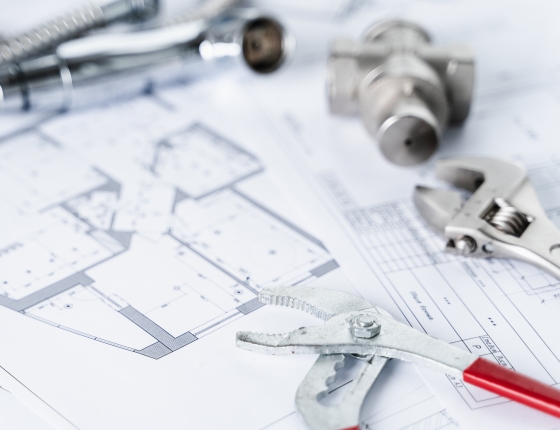Overview
Recent work has confirmed that plumbing distribution systems are oversized in most residential buildings. This results in excess material and energy costs that could be avoided by right-sizing these systems. Many states (e.g., California, Washington, Montana, to name just a few) have adopted a right-sizing best practice for plumbing systems in their plumbing code, benefiting new construction and adaptive reuse projects. This best practice is codified in the Uniform Plumbing Code (UPC) Appendix M “Peak Water Demand Calculator” and IAPMO/ANSI 2023 Water Efficiency and Sanitation Standard for the Built Environment Chapter 5 "Peak Water Demand Calculator."
This research project will examine previously collected data and new data gathered in Minnesota multifamily buildings to verify the benefits of right-sizing plumbing in Minnesota. The team will use the Minnesota-specific data to support updates to the MN Plumbing Code.
Project Summary
Objective
- Validate the UPC Appendix M for sizing water distribution pipes in Minnesota multifamily buildings.
- Support the adoption of the UPC Appendix M into the MN plumbing code.
Scope
- Collect water flow and fixture count data from two previously monitored buildings in Minnesota.
- Recruit at least two new buildings in Minnesota, install instrumentation, and gather new data for at least two weeks, aiming for two months.
Non-energy benefits
- Reduced upfront construction costs for plumbing systems
- Ongoing cost savings from water savings
- Faster delivery of hot water to occupants
- Reduced public health and safety risk and improved water quality
